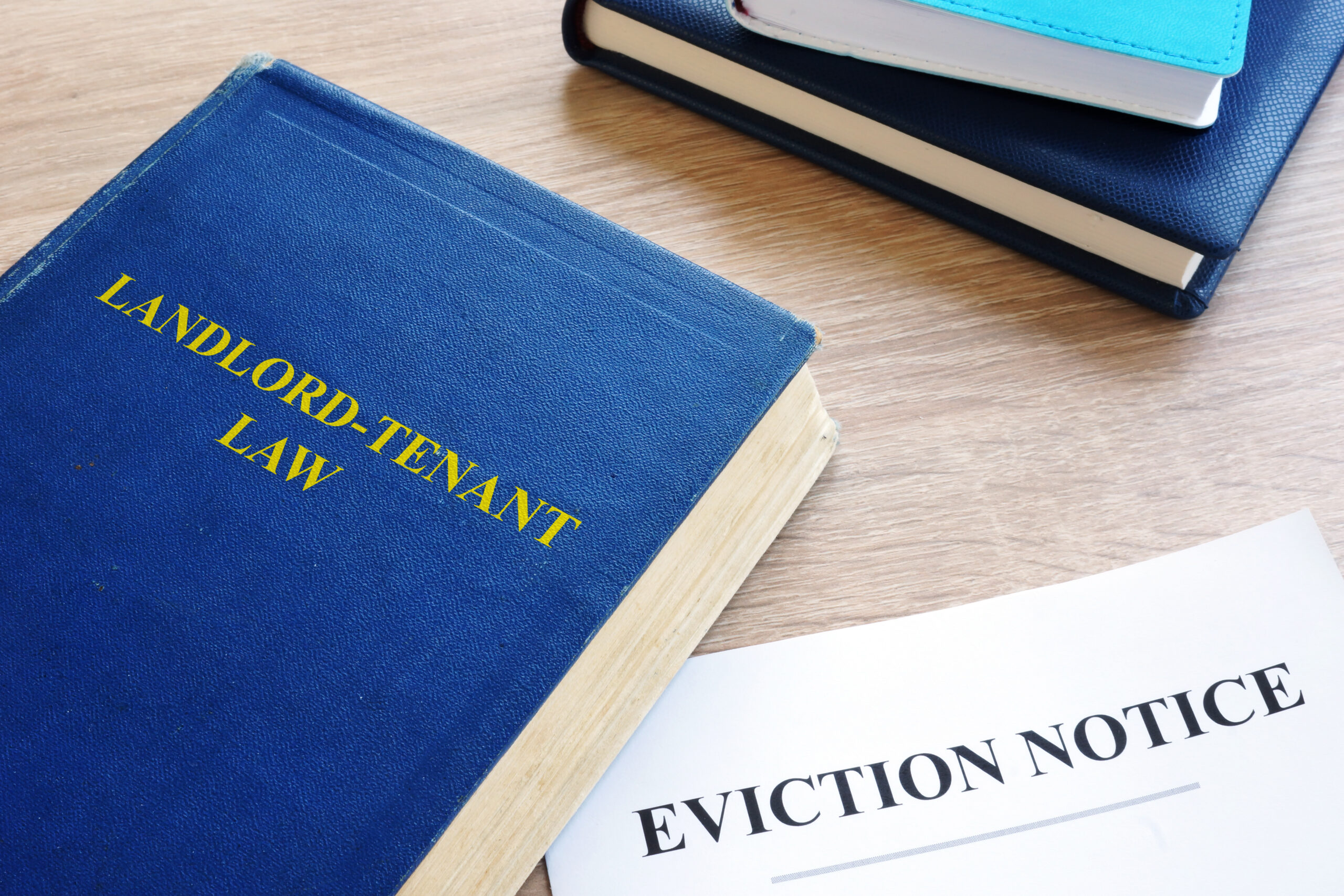To evict a tenant requires the best practices of the real estate industry. Because an eviction equals the loss of a tenant’s home, the legal system is very strict. Simply put, an eviction is a landlord removing a tenant from rental property. In some areas, Eviction Lawsuits may be referred to as Unlawful Detainer (UD) suits or something similar.
Though reasons to evict a tenant don’t vary much across the country, the how-to is different from state to state. The one thing, however, that remains constant is you can never evict a tenant without a court order.
Reasons for evictions. According to Cornell Law School, “Landlords may legally evict tenants for one of three basic reasons. First, and most frequently, for not paying rent. Second, for other, non-trivial violations of lease agreements. Finally, landlords may evict tenants whose lease expired. Landlords have no general duty to allow tenants to renew their lease, and may choose not to renew for any reason, or even no reason at all. They may not, however, evict tenants or refuse to renew tenants’ leases for improper reasons, as defined by statute.”
Step 1. Consult a professional. If a property management company takes care of your rental(s), the property manager will have you kept you in the loop. (If not, fire the company and find a new one. Now!) The property manager will advise you on the process. If you don’t retain a property management company, consult an attorney. Do not attempt to DIY the eviction.
Next. Familiarize yourself with the basics. Yes, even if you have retained the services of a professional. Laws vary state by state with differing details to end a tenancy. Nolo.com provides the basics: A landlord cannot begin an eviction lawsuit without first legally terminating the tenancy. To legally terminate a tenancy, the landlord must give the tenant written notice, as specified in the state’s termination statute. If the tenant doesn’t move (or fix the problem that prompted the termination—for example, by paying the rent or finding a new home for the dog), the landlord can then file a lawsuit to evict.
Terminate the tenancy with written notice. The landlord must terminate the tenancy by giving the tenant a written notice (called a “Notice to Quit” in California). The reason for the termination will determine the type of notice needed.
File for a court case. Should your tenant not comply with the written notice, you need to start an eviction case. In California, if the tenant exercises their right to give their side of the story, you can ask for a trial date. If they don’t, ask the judge to decide without a trial. Laws will differ in Nevada as they do in all states.
It takes 45 to 60 days for an eviction. This may seem long, especially to a landlord, but given the slow pace of court cases in this country, it actually isn’t. The best thing you can do to speed up the process is to make sure all your paperwork and preparation are perfect.
This is going to cost you. It’s a safe bet that a tenant facing an eviction will not make good on their rent. Add to that loss the extra costs of professional fees, court and filing charges, paying a process server, and using the services of law enforcement for the eviction.
You’ve won the case. Now what? Winning an eviction suit doesn’t mean you get to change the locks or turn off the utilities and kick your tenants out. It means a landlord must follow local and state laws to remove a tenant physically, which requires the services of law enforcement like the sheriff.
The best way to avoid an eviction case in the future is to hire a property management company that provides in-depth tenant screening services. Place Tenants can help you with that. Call 800-886-1193 or email [email protected].






